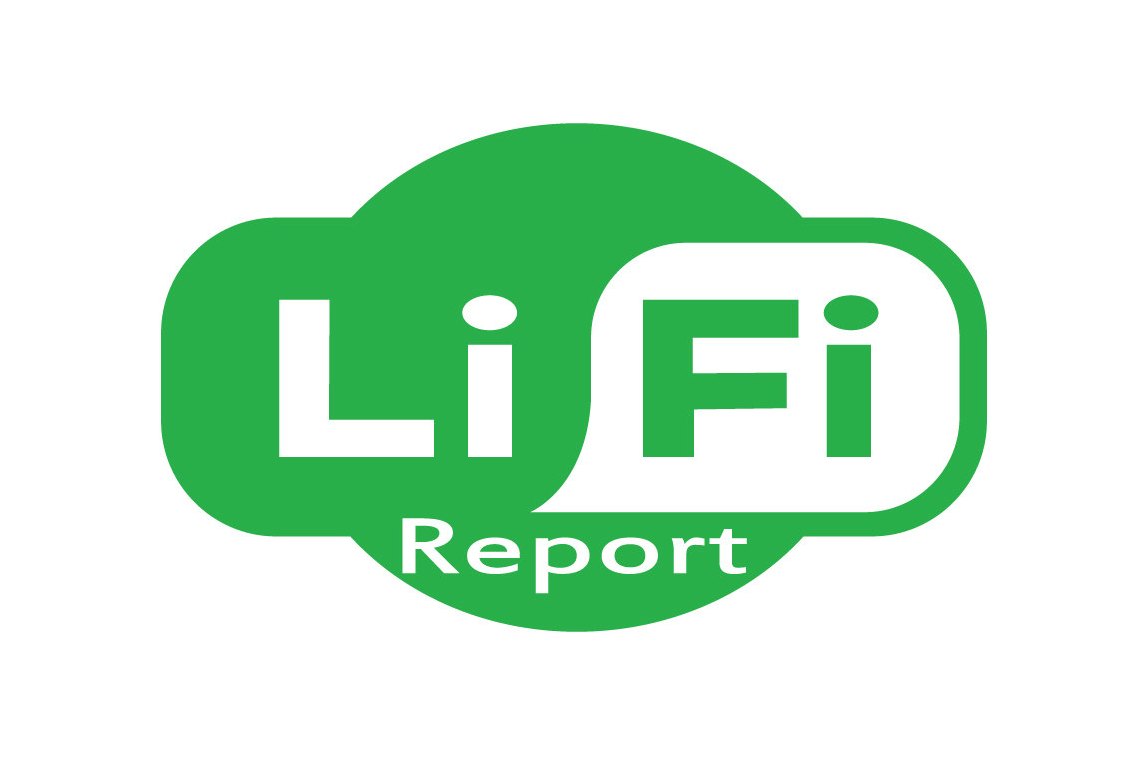Optical Wireless Communications and LiFi Technology Applications: Homeland Security and Law Enforcement
Reprint permission granted. This article first appeared (DATE) in ETA International’s High Tech News.
By JB Groves II, FOT, ITS, Instructor of Computing Science, Wharton County Junior College
During ETA’s Education Forum last March in Orlando, which was partnered and held in conjunction with the International Wireless Communications Expo (IWCE), I made two presentations. One of the two presentations was Light Fidelity (Li-Fi) and/or Optical Wireless Communications (OWC), which was well received. It was so well received that the U.S. Navy requisitioned four Li-Fi systems from Li-Fi company, VLNComm.
Upon my return at the airport while I was waiting for my bride of forty-one years to pick me up near baggage claim, I struck up a conversation with a pair of two young Houston Police Department police officers.
I told them I am an Instructor of Computer Science at Wharton County Junior College in Richmond, TX and was returning from a conference in Orlando where I made two presentations: “Fiber within the Smart Home” and “How Li-Fi Network Technologies will Change our Lives,” to which they responded as most people do, asking what is Li-Fi?
Li-Fi and/or OWC is based on the original work done by Alexander Graham Bell (the father of Visible Light Communication) with his development of the photo phone in 1880 that utilized the visible light spectrum to transmit and receive the human voice over short distances (a few hundred feet). Bell’s invention was modified by Ernst Ruhmer in Germany by increasing the power to the selenium cells and providing the same voice transmission/reception of up to five miles (greater than the line of sight to the horizon). His updated invention was tested by the German Navy in 1912.
In 1979, IBM scientist Gfeller Richter, who is considered the father of Li-Fi, published an IEEE paper on Infrared Communications. Infrared is the spectrum of which fiber optic communication takes place. Finally, in 2011 Dr. Harald Haas gave a TED talk and demoed the Li-Fi LED (Light Emitting Diode) based system that he developed at Edinburgh.
The officers seemed really impressed with this information, so I decided to provide them with a few examples of how law enforcement and homeland security would benefit by this technology’s implementation. Here were a few examples I offered:
- The Institute of Electrical and Electronics Engineers (IEEE) is about to ratify the 802.15.13 multi gigabit standard, which includes Dependable Automobile Communication standards for Li-Fi through the LEDs under the headlights in newer vehicles as well as the LED tail lights. This means vehicles may communicate with traffic signals, other cars, pedestrians, LED signs for gas, food, hotel, address signs, road closings, accidents, Amber and silver alerts.
- The Department of Public Safety could use this as a means of notifying motorists to slow down as a warning instead of stopping the car and issuing a ticket. Obviously, the speed signs that monitor and flash our speed could issue a warning to the vehicle’s computer to slow down. Helicopters equipped with this technology might put an end to high-speed car chases by simply sending a Li-Fi “kill the car” message that could save lives.
- The old notion of not being able to outrun a police radio is now replaced by not being able to outrun the speed of light. You cannot jam it either. Thanks to indoor positioning and Free Space Optical communication processes of Li-Fi, public safety personnel will know where you are, whether inside or outside, if law enforcement is looking for you. Don’t think of hiding underwater either because Li-Fi works there as well. The United States Navy Seal teams use a version of Li-Fi called Near Ultraviolet (NUV) to communicate with each other underwater.
- Li-Fi is secure. It does not permeate walls like radio waves. The Defense Information Systems Agency (DISA) is heavy into Li-Fi systems due this benefit as well as many others.
Li-Fi technology will definitely change our lives. It is my hope that Li-Fi technology will make the world a safer place for all of us.
